easy
returns
cash on
delivery
free
shipping
Continue Shopping >


Nihaal Faizal
A multidisciplinary artist and founder of Reliable Copy, Nihaal Faizal’s body of work is humorous and instantly relatable – especially to children of the 90s. From publishing books to exploring mixed media he discusses his nascent inspirations and curiosity with obsolete technology
How would you describe your approach and stance towards art?
Since I was a teenager I've been interested in a lot of things—cinema, literature, fashion, music, photography—and in having to choose a career, I didn't want to pursue any of these things independent of the other. Since making that choice, I've made films, published books, written poetry, made paintings, hired other people to make paintings, organised exhibitions, made conceptual art, and started businesses. As an artist, I've been able to stretch not just my output, but also my roles. I enjoy this way of working, mainly because I refuse to privilege one form of cultural production over the other. Sometimes when I'm making art I feel like I'm designing something—providing plans, specifications, guidelines, sketches, and instructions, whereas sometimes when I'm designing a book, I feel more like a painter alone in the studio playing around with composition, layout, and material. I found something that I had scribbled in an old notebook some years ago: "An artist is a cultural tourist on permanent vacation." I wouldn't have it any other way.
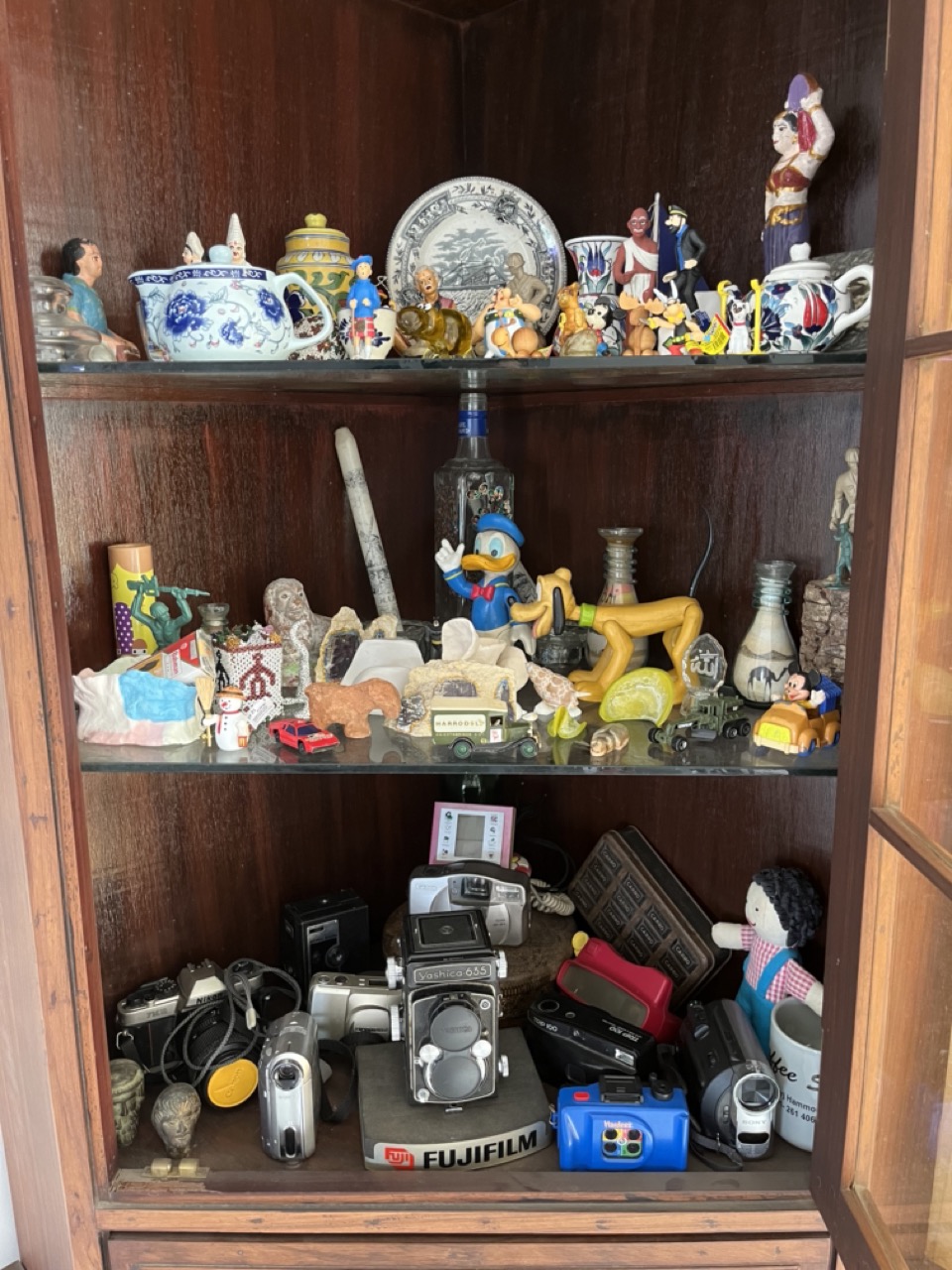
A display cabinet in my parents home in Kochi, featuring miniature artworks, cameras, souvenirs, figurines, crockery, gifts, and more.
You continue to explore the significance and meaning of found objects. Growing up, what were things that piqued your curiosity?
I grew up in the '90s, when the effects of economic liberalisation in India were playing out, and while a whole new way of making sense of the world was finding footing with digital technology. I grew up fascinated and spellbound by the gadgets and gimmicks that resulted from these two things. On TV, I was watching American cartoons from the '60s, in the cinemas were Bollywood's latest releases, and I had to always wait for my mother to get off the phone before I could use the internet. I was a quiet kid and stayed mostly at home, so a lot of my time was spent with these devices, while a lot of my stepping out involved visits towards finding media to consume on them. I'm still living out my experience of these devices – collecting them, preserving them, modifying them, losing them, of wearing them out—through my artworks.
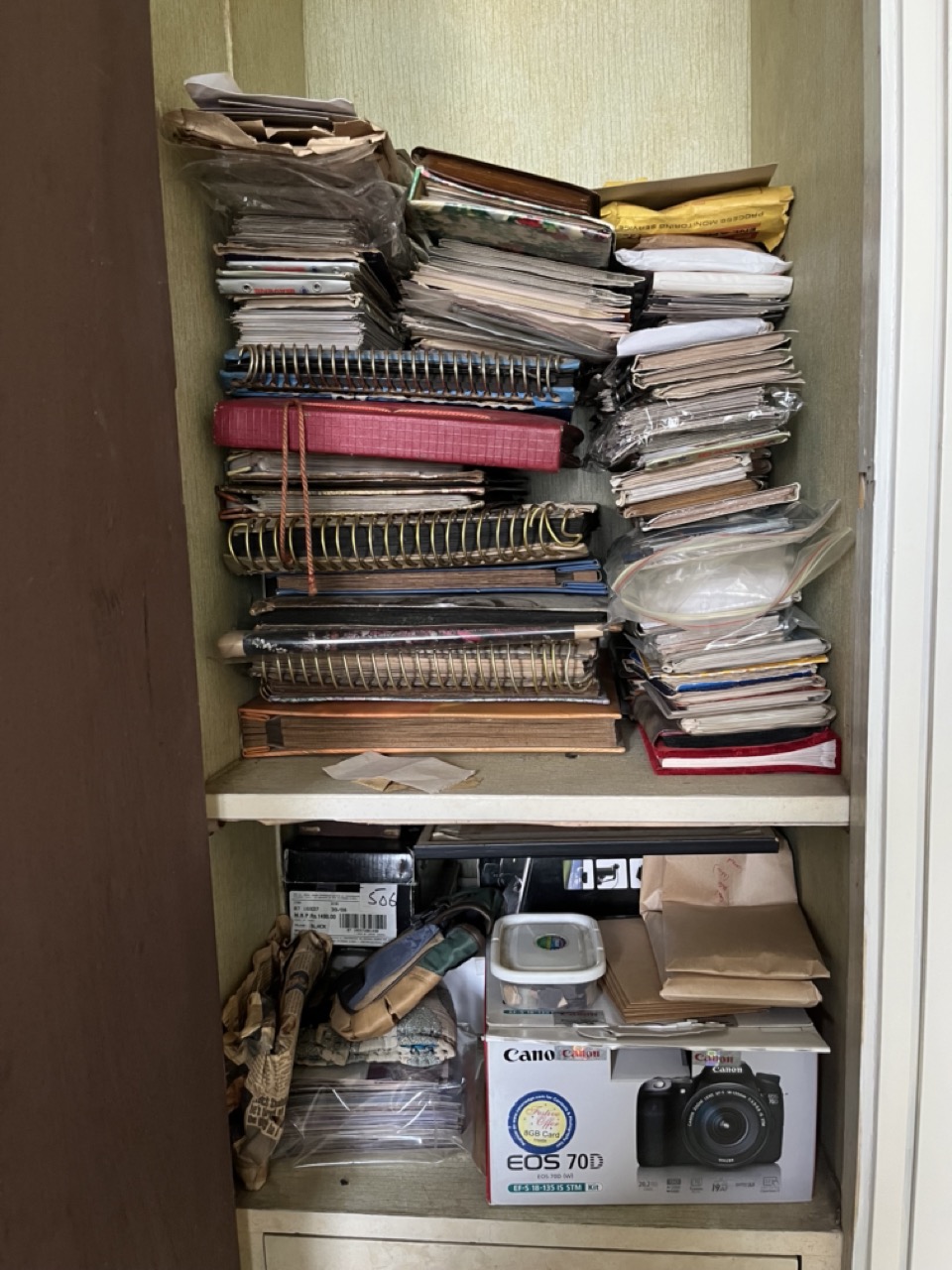
A cupboard in my parents home exclusively for photo albums featuring family pictures.
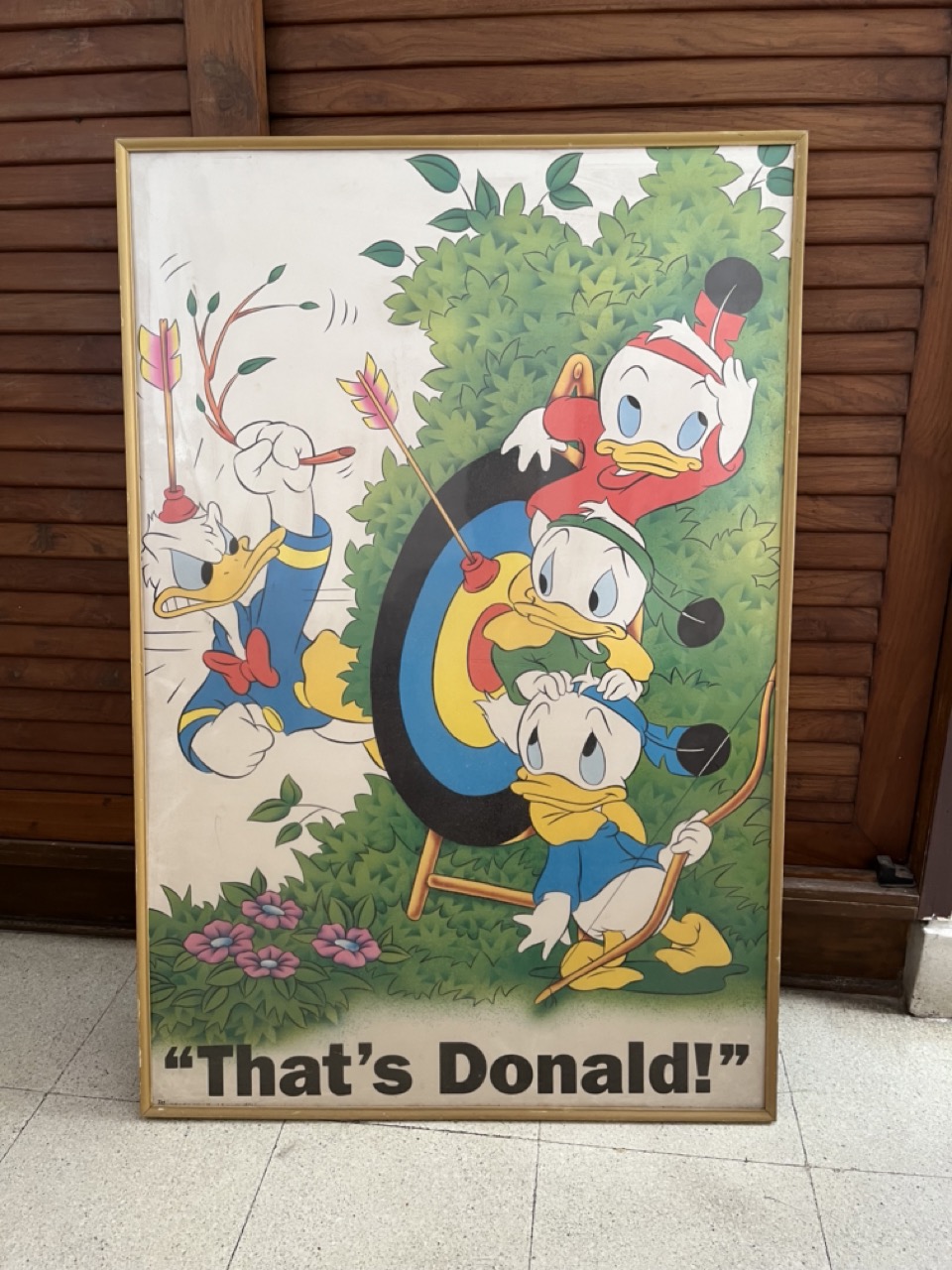
A poster of Donald Duck and his nephews that used to hang in my childhood bedroom.
Your multi-medium work often harps on the concepts of nostalgia in a hyper digitalised world, tell us more about that.
Ever since I was a kid, my memories have always been backed up as photographs. Whenever I tried to remember something—a holiday, a birthday, an event of any kind—my parents would show me photographs of it. And so now, almost all I remember of my childhood are those pictures. I can open a drawer in my parents house and find my very first mobile phone, or a disposable camera from our first family vacation. Though technology changed at a really quick pace, these things continue to remain around the house, as triggers for memory. In this, they escaped obsolescence, and also became very personal.
In my work, I don't think I'm particularly interested in nostalgia—it's not really my wish to return to something or somewhere else. What I make is more an acknowledgement of what's around me, what I've lived through, and what I've consumed. Though these are all very personal things to me, they may also be relatable for you, because I often work with material that is publically available. As a generation, many of us have shared the same media, the same tools—though with varying levels of access. So the nostalgia that you are able to sense in these works, is perhaps your own. And this to me can be a really beautiful thing.
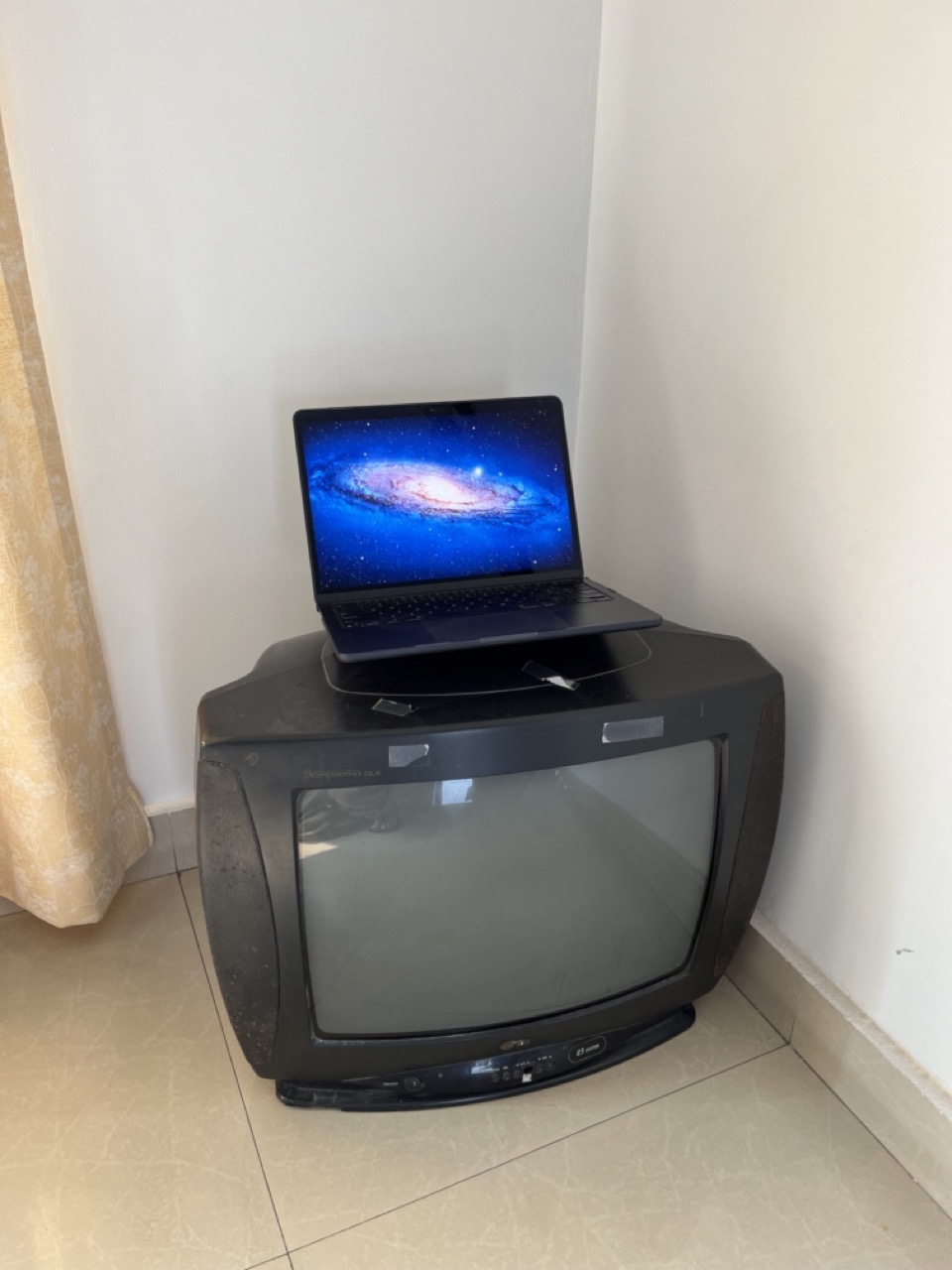
My work 'Horizontally Flipped Andromeda Galaxy' on display on my new laptop, on top of a TV I purchased for an exhibition of video art in Kochi.
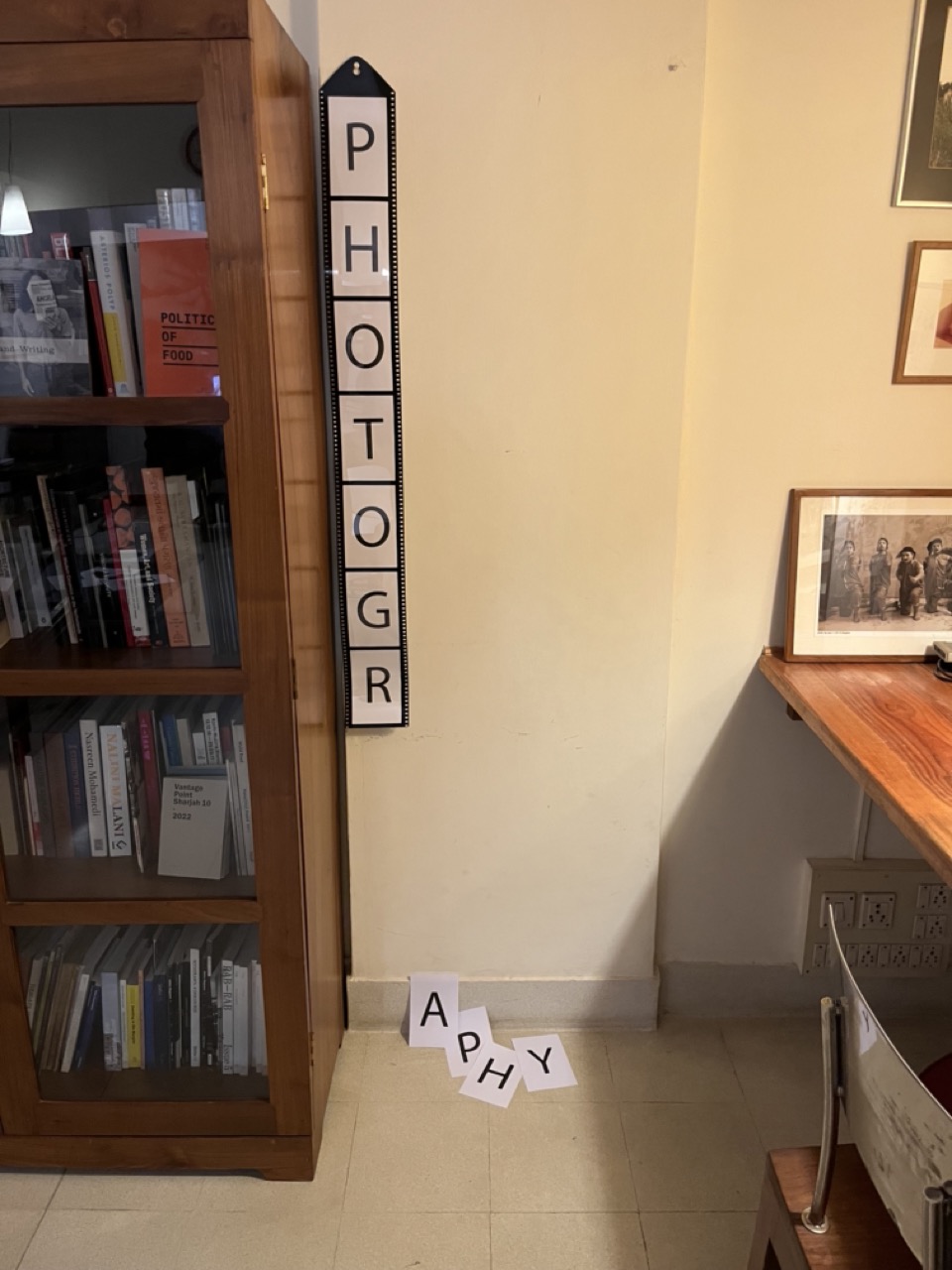
A new work-in-progress draft, in my studio in Bangalore.
What is the core intention behind Reliable Copy?
At some point, I realised that I was making more documents than art. It was not just that my art started to look more and more like a document, but it also began to behave that way. It didn't really start with books for me. It started with a wider set of documents that I was making, that didn't see the 'exhibition' as their primary venue. The reason we, as artists, try and fit everything into an exhibition is simply because we don't have other contexts for what we make available to us. Historically, artist-led publishing has responded to this situation quite successfully, and so I set out, not really trained or experienced in publishing, but ready to learn on the job (with a little help from my friends).
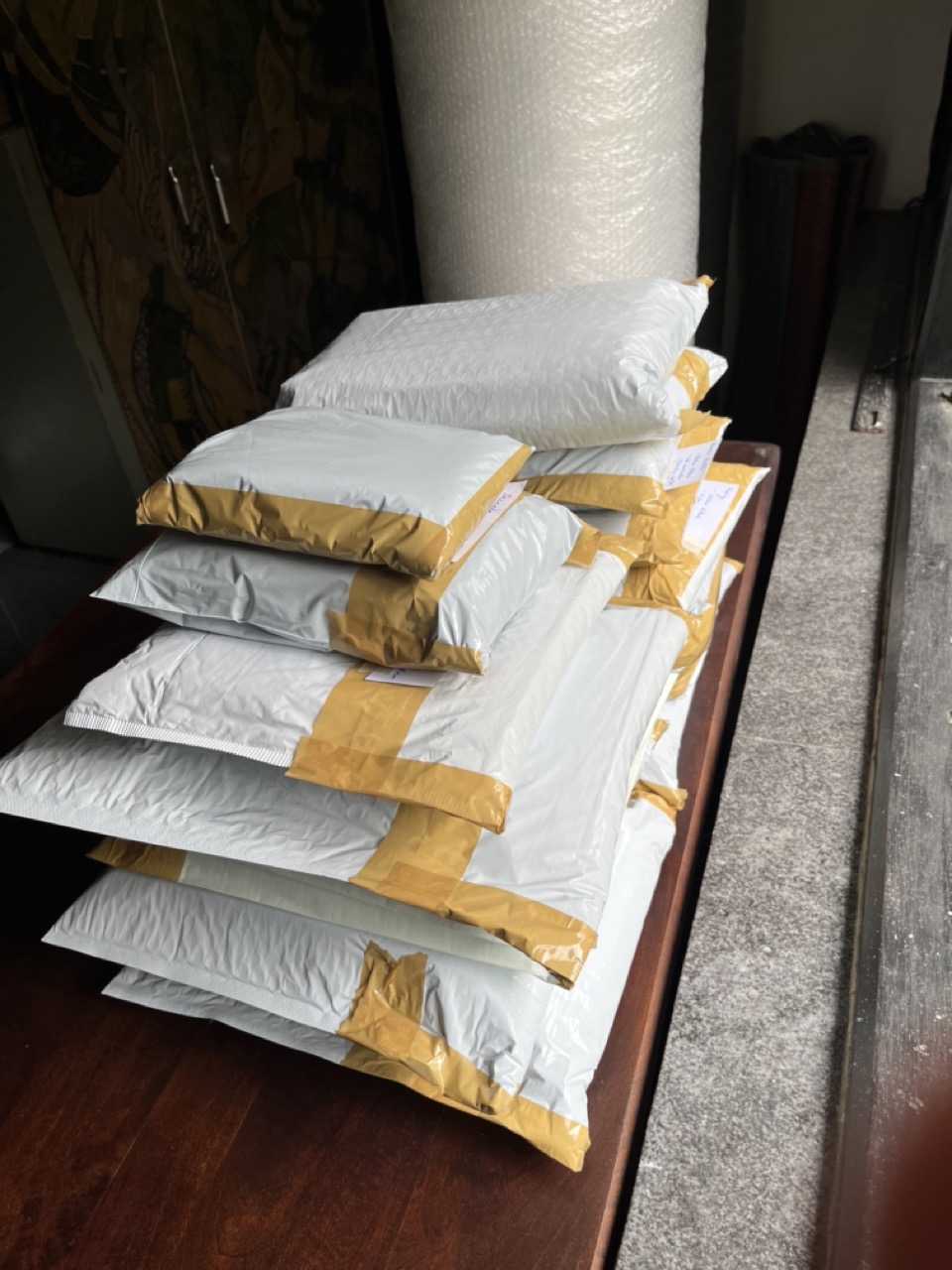
Books packed and ready to ship, from the online Press Works Store.
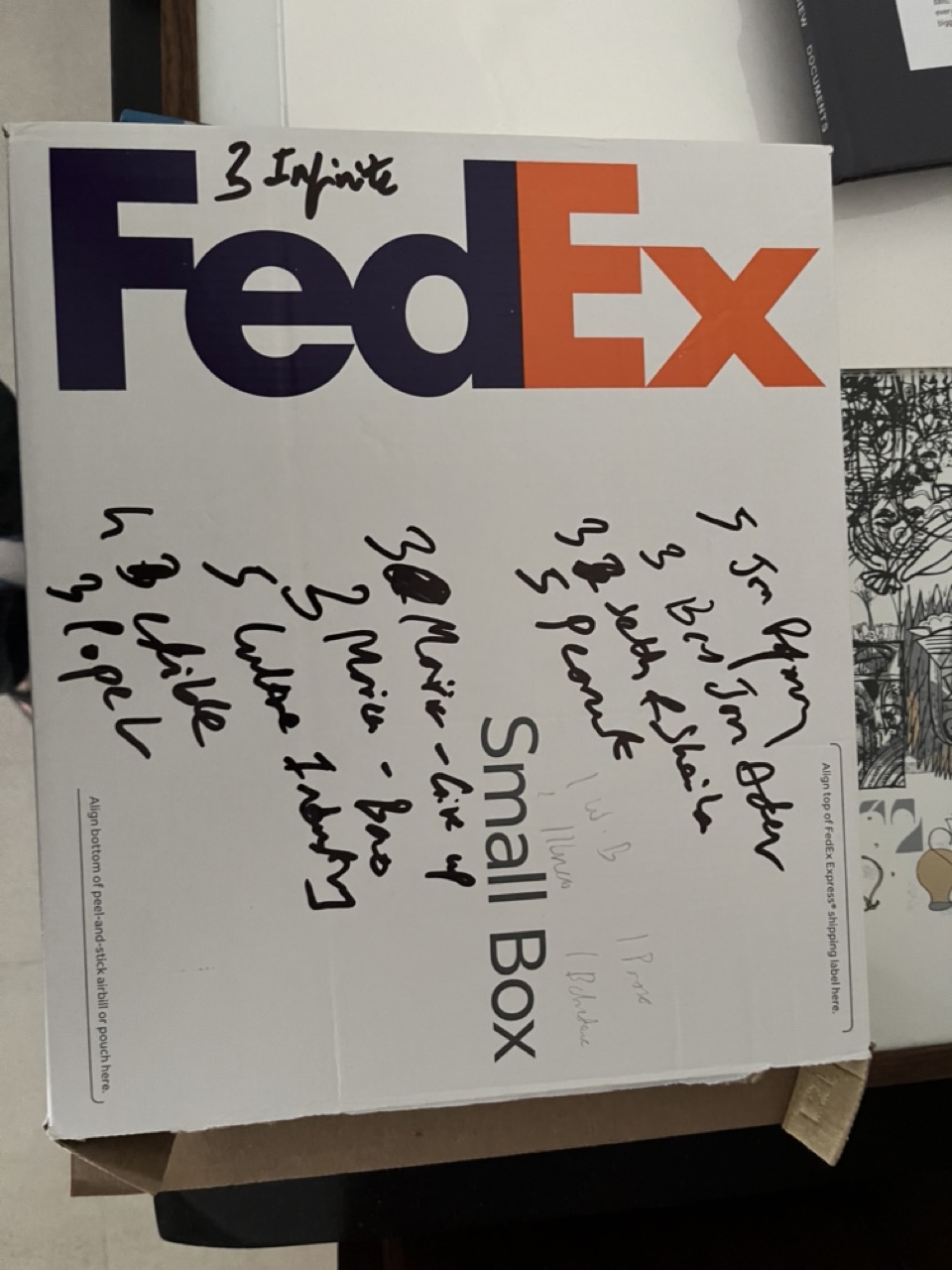
A FedEx parcel with a list of books that arrived for stocking in the Press Works Store (illegible handwriting, mine).
A part of your multidisciplinary practice is public programming, how do you foster a sense of community? and inclusivity in an art world that can often come across as intimidating to new enthusiasts?
People don't think of books as opaque or intimidating; we all know how to engage with one. At the most a writer is difficult or a subject unfamiliar. With art, there's a lot of misunderstanding and baggage around it, and I feel it's largely because of how badly popular media represents art and artists. Since a lot of journalists don't know what to say about art, they end up talking about its prices, and artists only ever move beyond the culture section when there's a crime involved. It's equally bad when artists are represented in film and television—we're almost always made out to be caricaturised eccentrics. But, in my experience, I've always found museums to be full of people engaging with art, in any city. And I don't think people have such a hard time when they approach art as a form of cultural experience, like going to the movies. That's the best way, really. And in a place like Kochi, where I'm from, I can talk to anyone about 'installation' or 'video art' and, because of the Biennale, it's all part of common vocabulary.

Install in progress for the show 'red curtains opening' at Chatterjee & Lal.

'Azul' from the series 'Landscape Photographs', 2014.
Coffee table books to own and why?
My friends and I have recently started an online bookstore dedicated to art books and independent publishing, and I can bet they'll all look great on your coffee table.
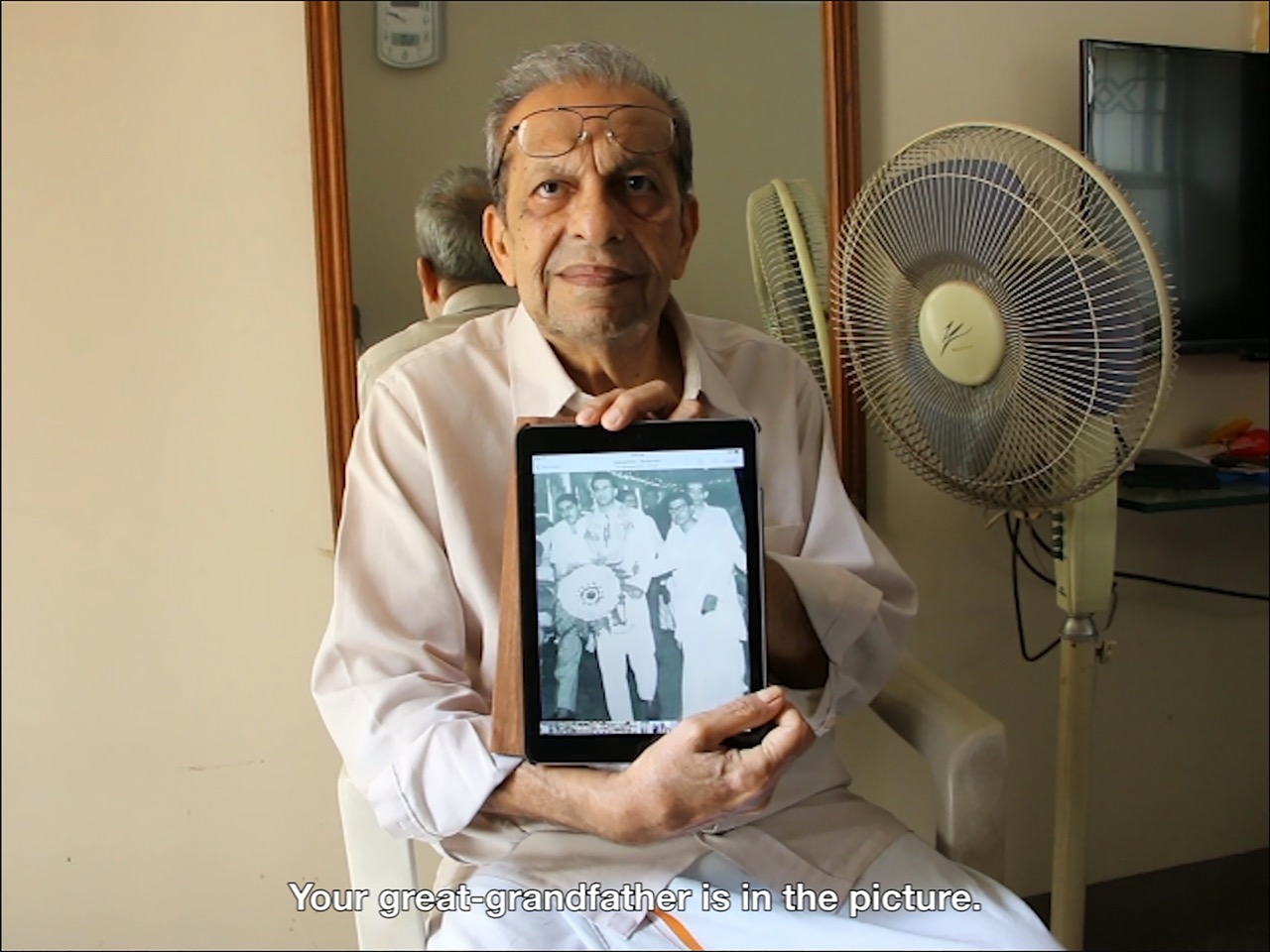
A still from the film 'Mohammed Rafi Fan Blog', 2017.
